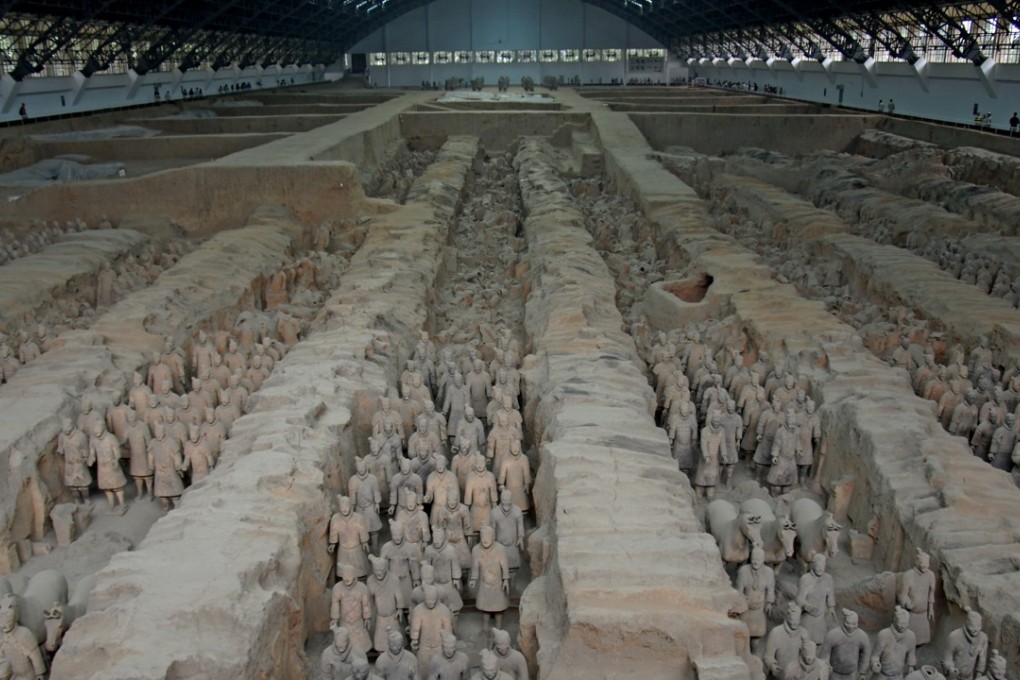How China is using technology to bring its ancient — and more recent past – back to life
A growing list of ‘virtual tourist sites’ showcasing China’s rich history includes the Terracotta Army and the National Museum

The remote village of Liangjiahe in China’s bleak northwest can take some getting to, even for the most committed “red tourist”.
The dusty outpost was where Xi Jinping launched his political career and spent seven years of hardship, a formative time that shaped the outlook of the man who would eventually become president.
Even today, anybody wanting to see the place for themselves to get some sense of what makes Xi tick would have to travel into the depths of Shaanxi province, more than 600km as the crow flies from Beijing.
But there is a digital shortcut – by putting on a virtual reality visor, internet users can enter the world where Xi lived amid the turmoil of the Cultural Revolution.

Liangjiahe is just one of more than 230 digital museums and heritage sites that web encyclopaedia Baidu Baike has allowed online visitors to tour for free in the past few years.
The list of virtual tourist sites includes the Terracotta Army, a collection of terracotta sculptures depicting the armies of Qin Shi Huang, the first emperor of China, in Xian, and the National Museum of China in Beijing, a repository of information and artefacts on the arts and history of China.